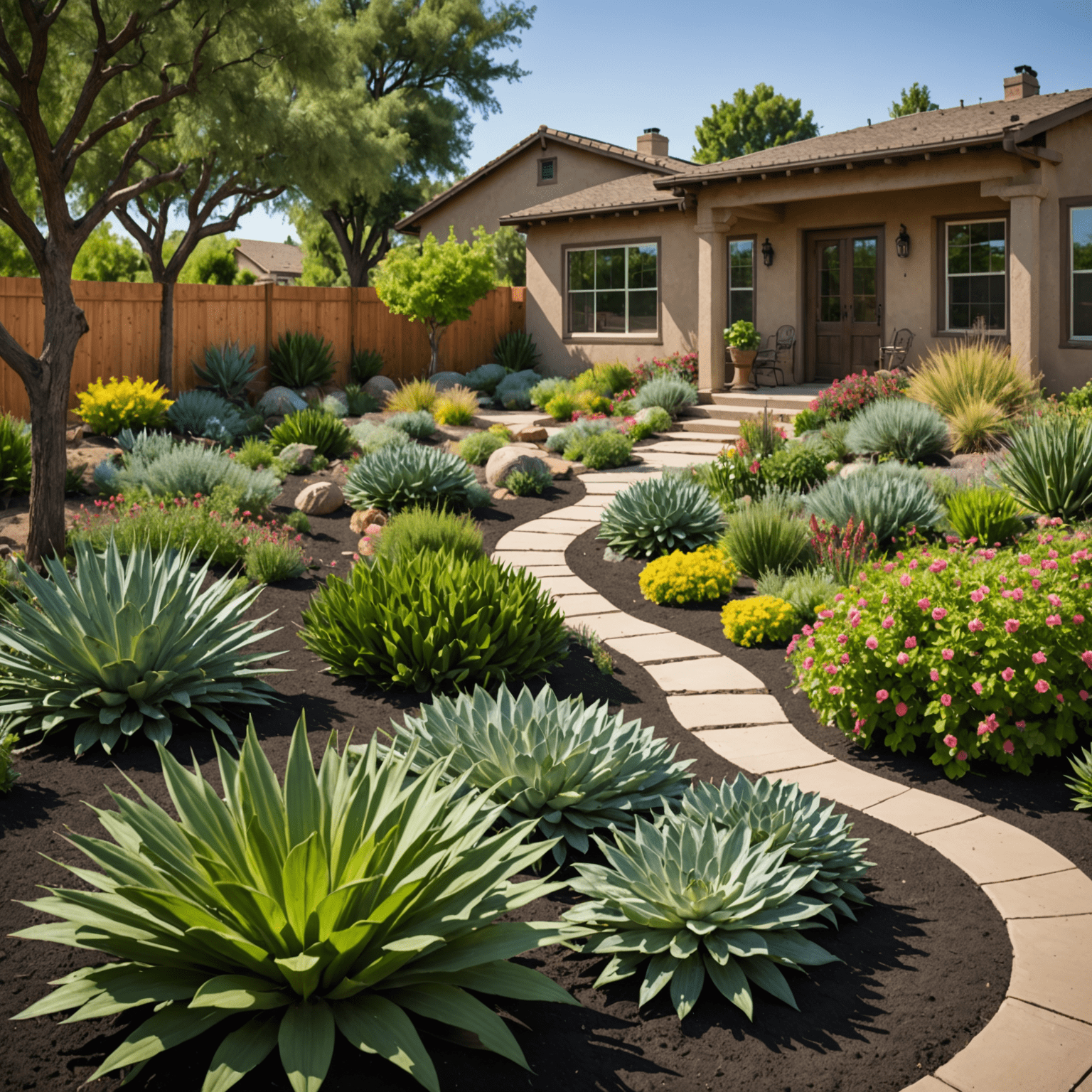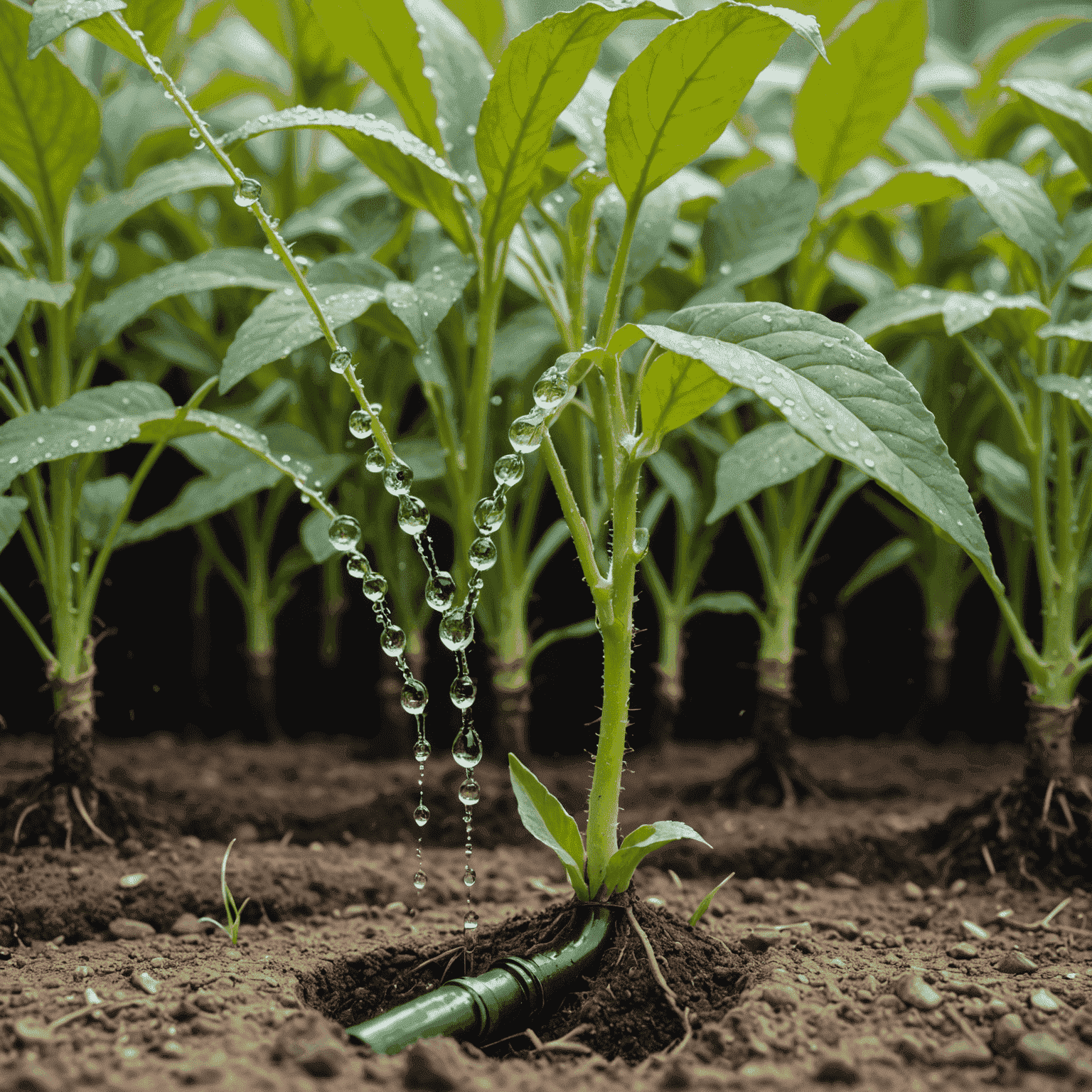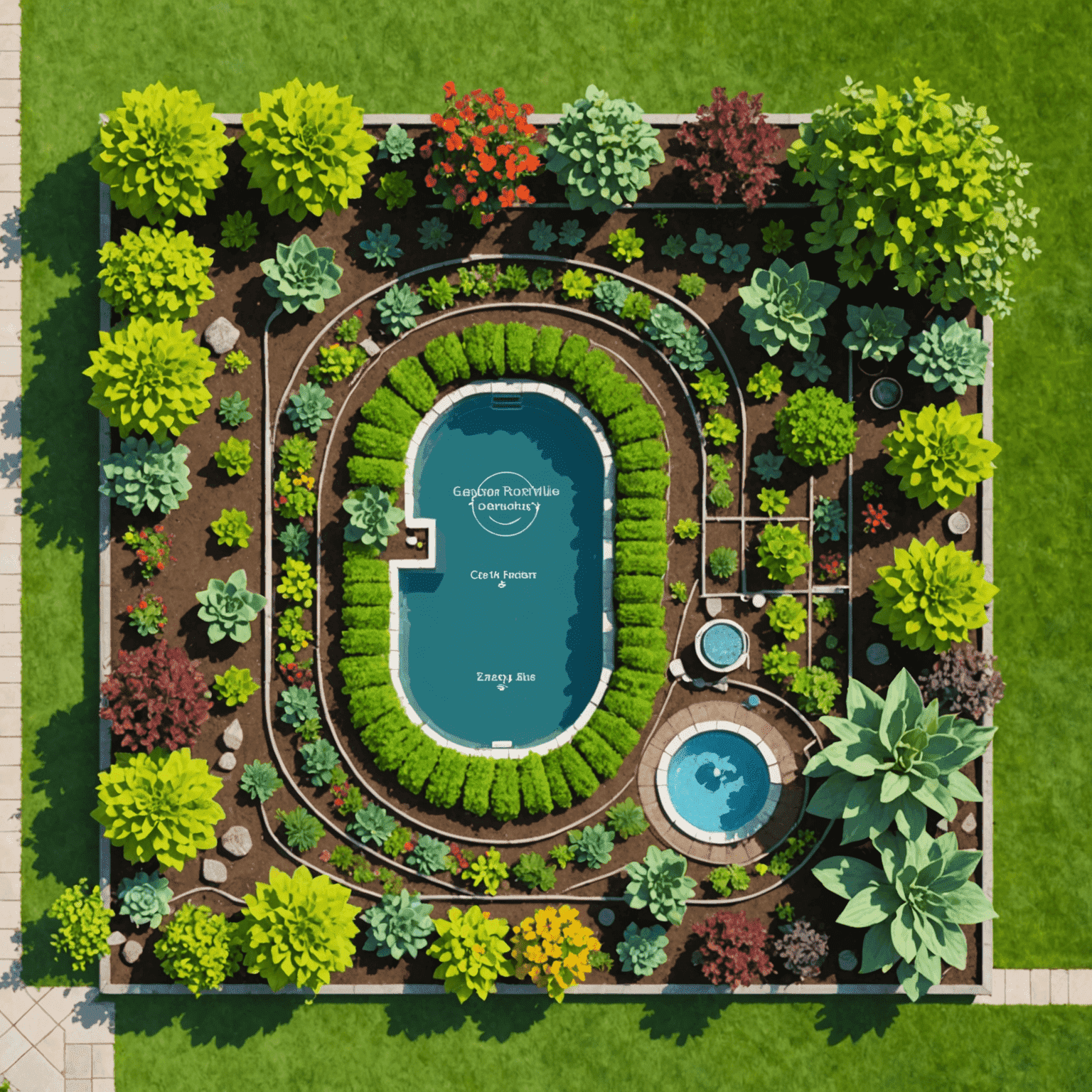Water-Wise Gardening Tips

In an era of increasing water scarcity, adopting water-wise gardening practices is not just environmentally responsible—it's essential. Let's explore strategies for conserving water while maintaining a vibrant and healthy garden.
1. Choose Drought-Tolerant Plants
Opt for plants that naturally require less water. Native species are often well-adapted to local climate conditions and can thrive with minimal irrigation. Some excellent drought-tolerant options include:
- Lavender
- Rosemary
- Succulents
- Ornamental grasses
- Yarrow
2. Implement Efficient Irrigation Systems
Replace traditional sprinklers with more efficient watering methods:
- Drip irrigation: Delivers water directly to plant roots, minimizing evaporation
- Soaker hoses: Iideal for garden beds and dense plantings
- Smart irrigation controllers: Adjust watering schedules based on weather conditions

3. Practice Proper Mulching
Apply a 2-3 inch layer of organic mulch around plants to:
- Retain soil moisture
- Suppress weed growth
- Regulate soil temperature
- Improve soil health as it decomposes
4. Collect and Use Rainwater
Install rain barrels or cisterns to capture rainwater from your roof. This complimentary water source is perfect for garden irrigation and can significantly reduce your reliance on municipal water supplies.
5. Group Plants by Water Needs
Practice hydrozoning by grouping plants with similar water requirements together. This allows for more efficient watering and prevents overwatering of drought-tolerant species.

6. Water at the Right Time
Water your garden early in the morning or late in the evening to minimize evaporation. Avoid watering during the heat of the day or when it's windy.
7. Maintain Healthy Soil
Improve your soil's water retention capacity by adding organic matter. Compost and well-rotted manure can significantly enhance soil structure and water-holding ability.
8. Reduce Lawn Areas
Consider replacing portions of your lawn with drought-tolerant groundcovers, native plant gardens, or hardscaping elements like patios or rock gardens.
Conclusion
Water-wise gardening is not about creating a barren landscape. With thoughtful plant selection, efficient irrigation, and smart gardening practices, you can cultivate a lush, beautiful garden that thrives with less water. By implementing these strategies, you'll not only conserve a precious resource but also create a more resilient and sustainable garden ecosystem.